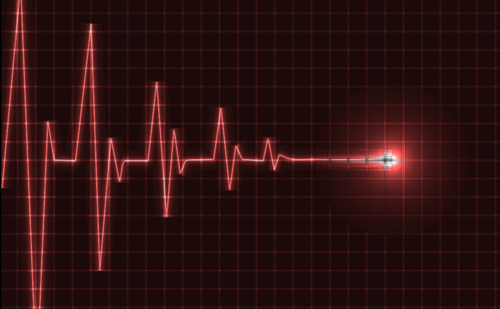Baroreflex sensitivity differs among same strain Wistar rats from the same laboratory
Abstract:
Overview
Previous studies showed that a proportion of normotensive Sprague-Dawley rats spontaneously exhibit lower baroreflex sensitivity. However, investigations have not yet been carried out on Wistar rats. We aimed to compare baroreflex sensitivity among rats from the same strain and the same laboratory. Male Wistar normotensive rats (300-400g) were studied. Cannulas were inserted into the abdominal aortic artery through the right femoral artery to measure mean arterial pressure and heart rate. Baroreflex was calculated as the derivative of the variation of heart rate in function of the mean arterial pressure variation (ΔHR/ΔMAP) tested with a depressor dose of sodium nitroprusside (50 μg/kg) and with a pressor dose of phenylephrine (8μg/kg) in the right femoral venous approach through an inserted cannula. We divided the rats into four groups: i) high bradycardic baroreflex, baroreflex gain less than -2 tested with phenylephrine; ii) low bradycardic baroreflex, baroreflex gain between -1 and -2 tested with phenylephrine; iii) high tachycardic baroreflex, baroreflex gain less than -3 tested with sodium nitroprusside; and iv) low tachycardic baroreflex, baroreflex gain between -1 and -3 tested with sodium nitroprusside. Approximately 71% of the rats presented a decrease in bradycardic reflex while around half showed an increase in tachycardic reflex. No significant changes in basal mean arterial pressure and heart rate, tachycardic and bradycardic peak and heart rate range were observed. There was a significant change in baroreflex sensitivity among rats from the same strain and the same laboratory.
Keywords
Baroreceptors, hypertension, autonomic nervous system, parasympathetic nerve, sympathetic nerve.
Article:
Article Information:
Correspondence
Vitor E. Valenti, Departamento de Medicina, Disciplina de Cardiologia, Universidade Federal de São Paulo, UNIFESP, Rua Napoleão de Barros, 715 – Térreo, 04039- 032, São Paulo, SP, Brazil. Tel. +55.11.5572-5462. E-mail: vitor.valenti@gmail.com
Acknowledgements
This research was supported
by public funding from Fundação de Amparo à
Pesquisa do Estado de São Paulo (FAPESP).
Received
2011-05-09T00:00:00







